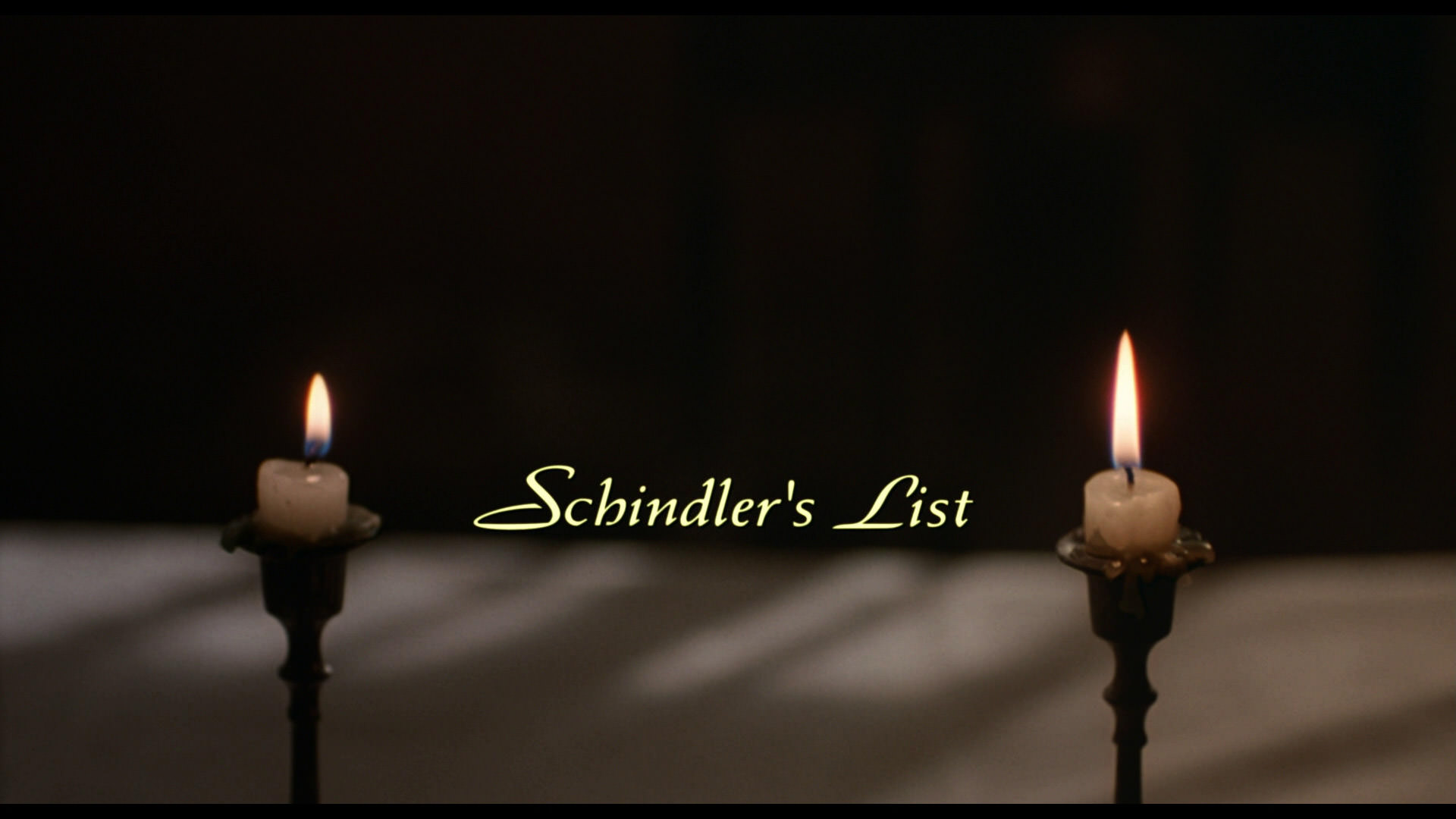
This is a film that is best experienced, not explained in a post like this. However, that being said, I’ll give this a try anyhow.
I’ve avoided this film all my life out of dread more than anything. It’s somewhat weird then that I watched this so early in my “Top 100” films quest. I knew I’d have to watch it eventually anyhow.
Everyone who has seen this said it’s a good movie but is very depressing and dark. Not that we’d expect anything less from a movie about the grim realities about the Holocaust.
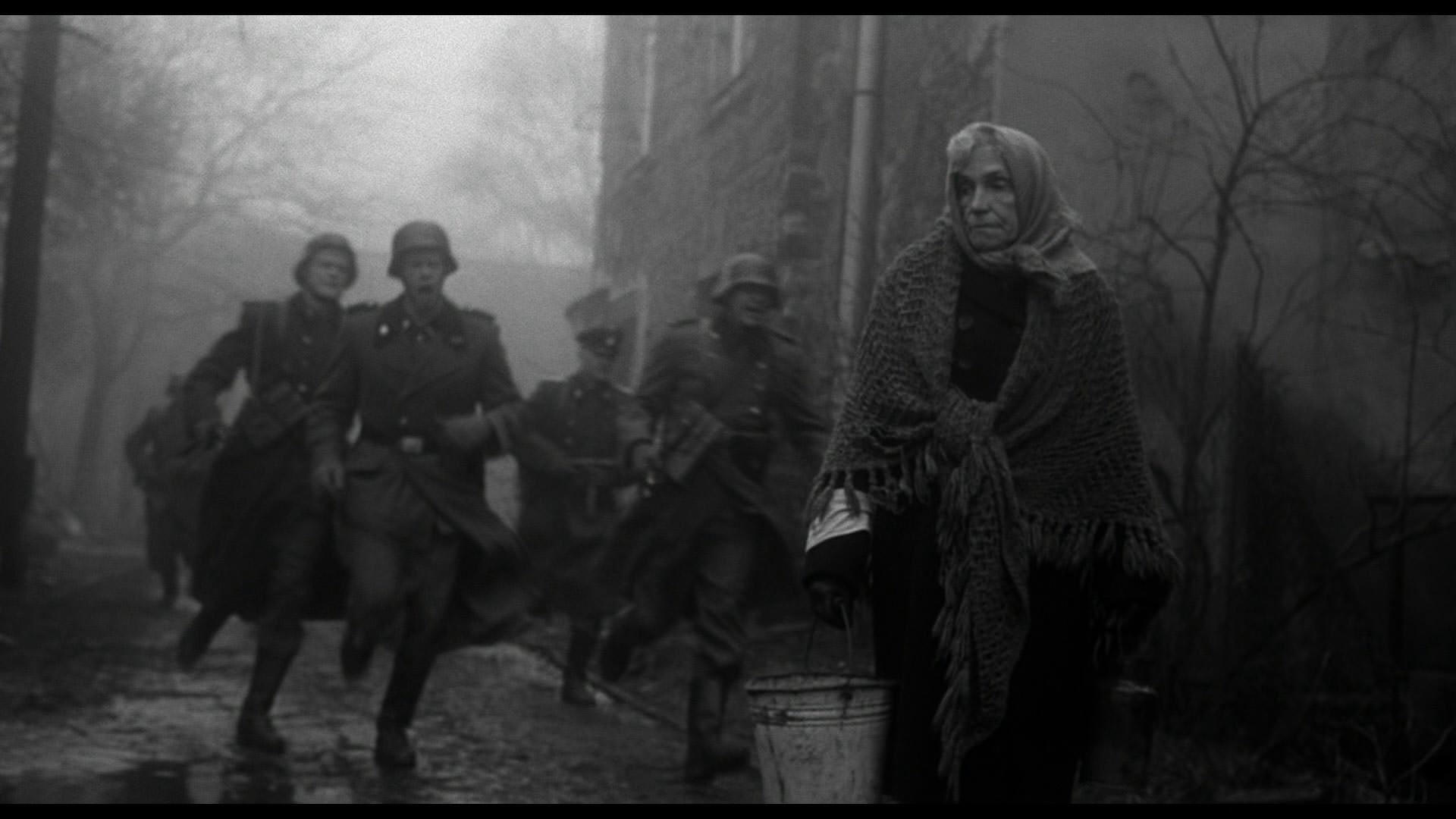
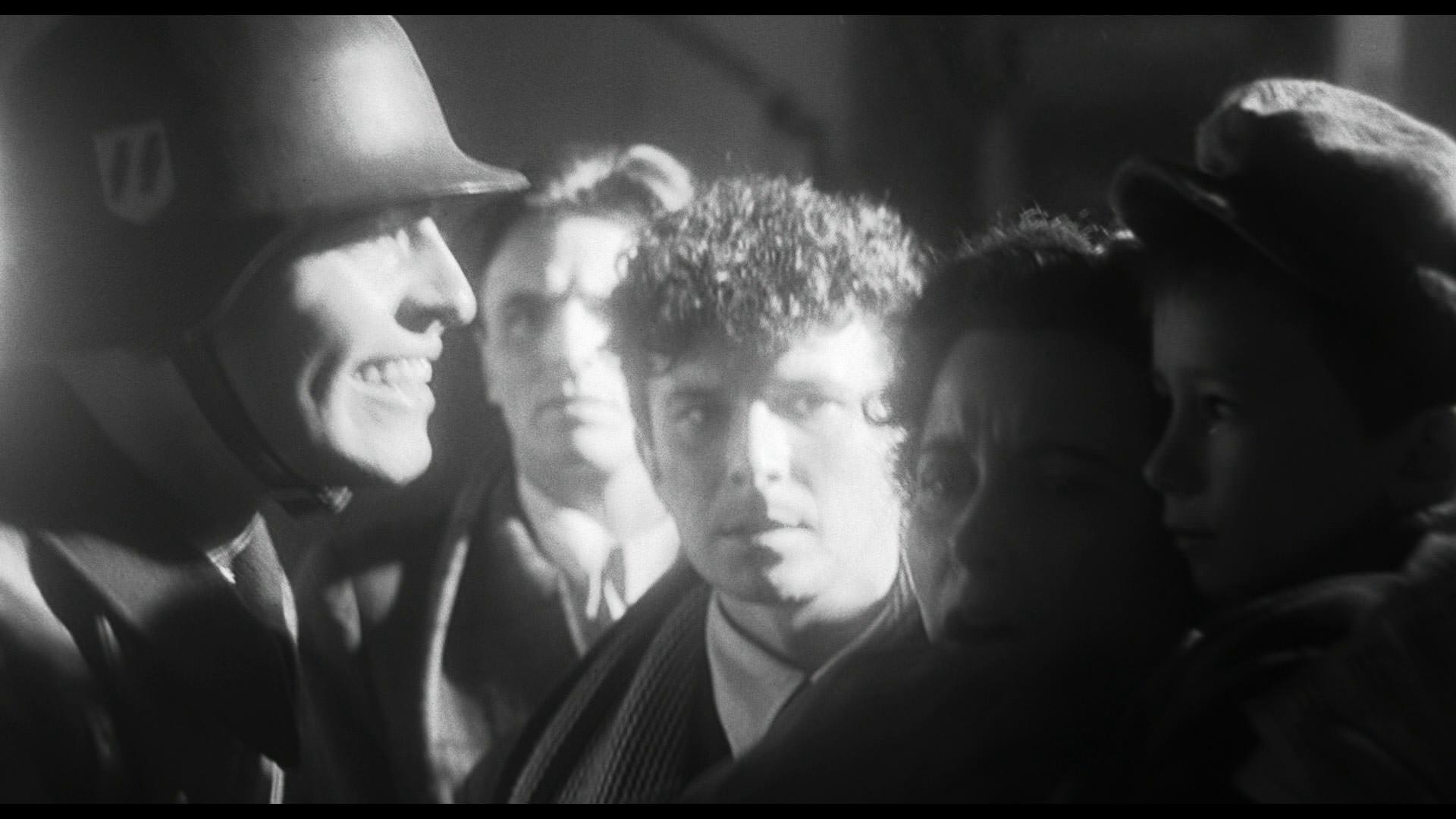
I came into the movie already knowing that I’d see many people die in gruesome ways, and that I’d see the Nazis misbehaving. But maybe I’m a bit desensitized. I’ve seen Nazis act in outrageous ways in movies and videogames all my life. That familiar Nazi outrageousness, oozing evil, does appear in Schindler’s List. But here it’s factually grounded, which makes it eerie. In this movie there is little in the way of an exaggeration - all of these things did happen.
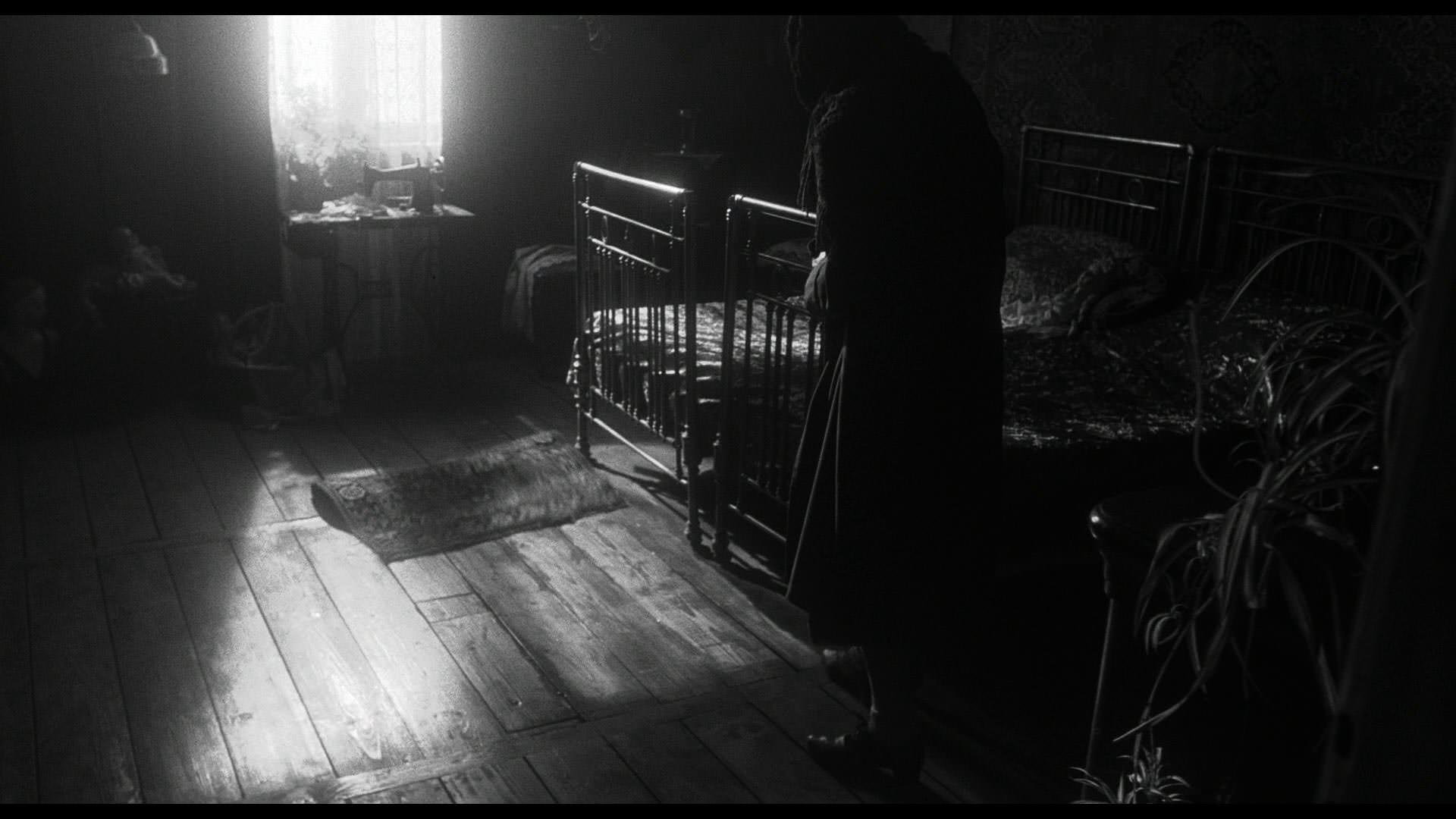
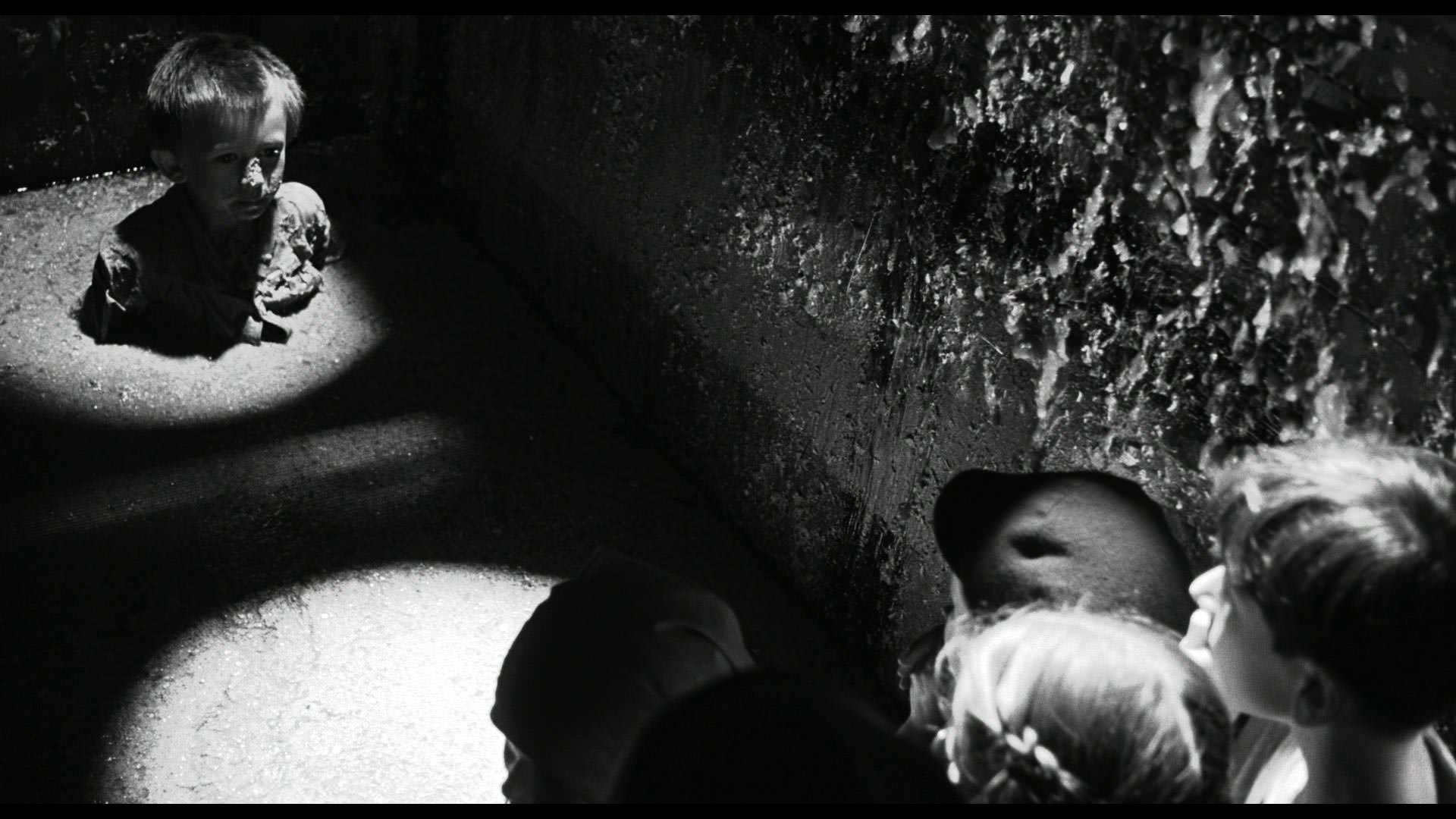
Amon Goeth is the supernazi we are made to hate the most.
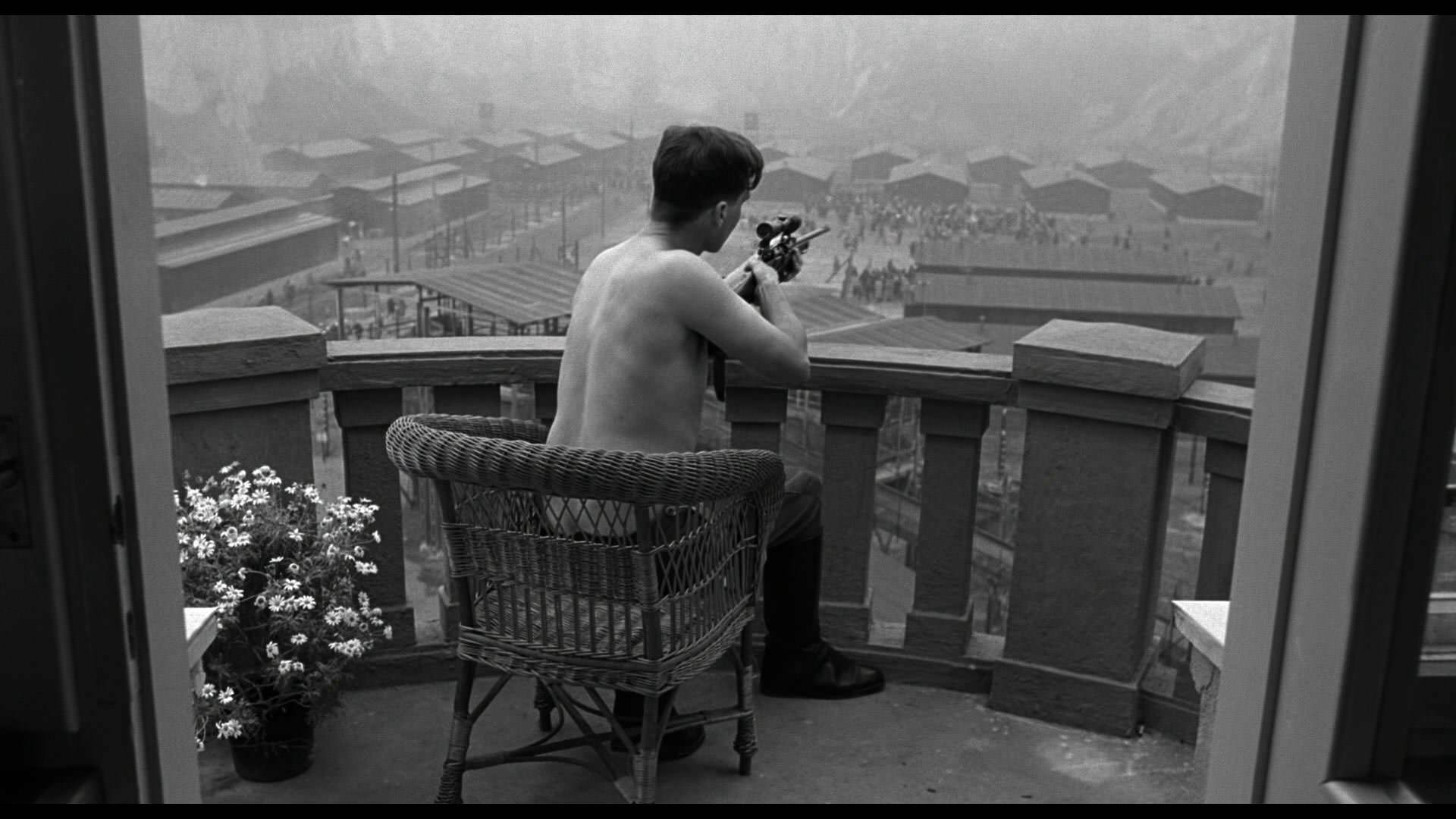
He appears completely out of control, as he indiscriminately shoots down prisoner Jews like he’s hunting deer. Or more precisely, shooting fish in a barrel. I want to somehow think this is a fiction, that this is the product of an overzealous writer looking for new ways to portray Nazis as outrageously evil. But I look up Goeth and find that he exists, and that he did exact what he is portrayed doing. That is somehow surprising to me. I desperately wanted his random shooting to be a work of fiction.
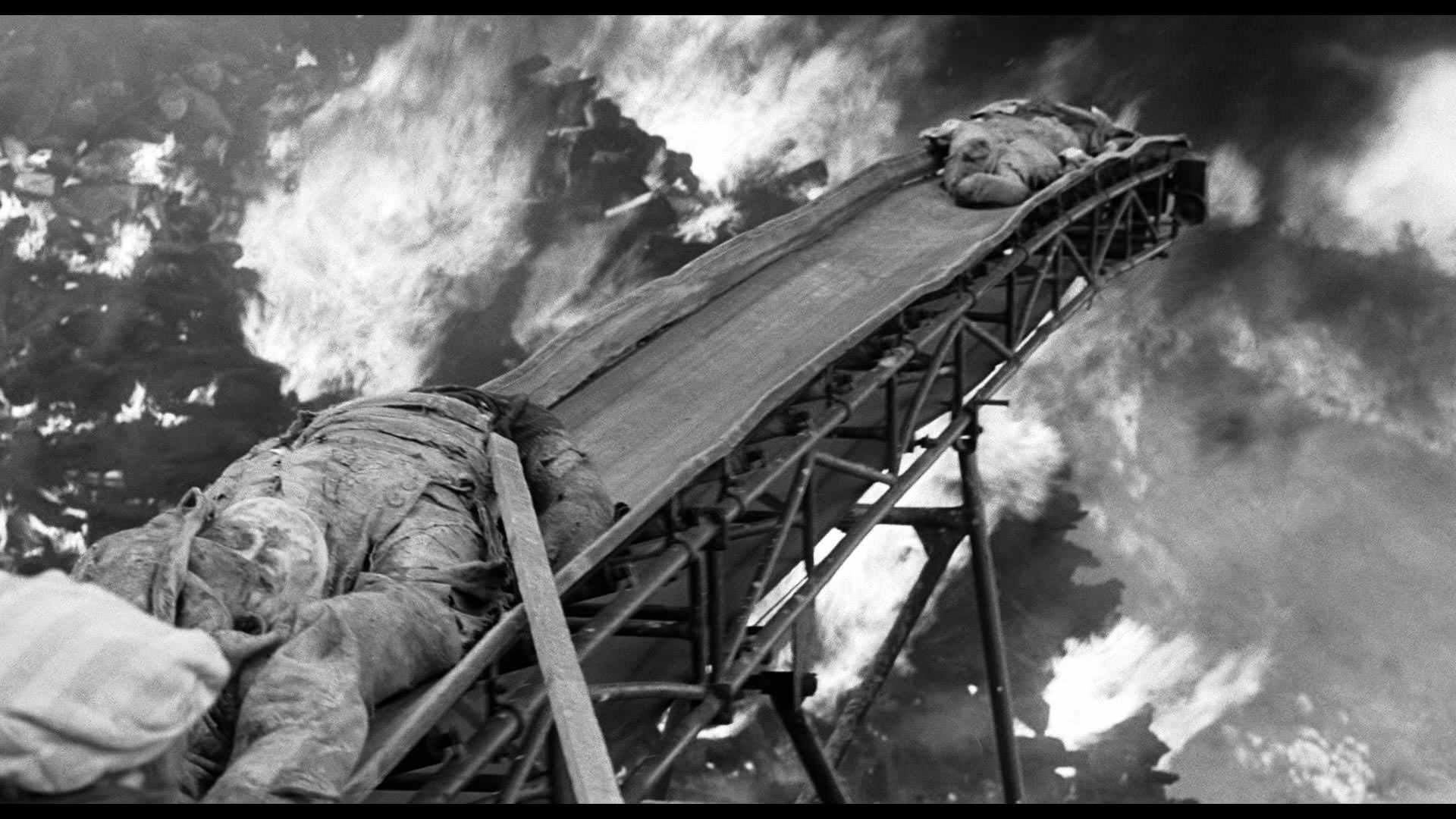
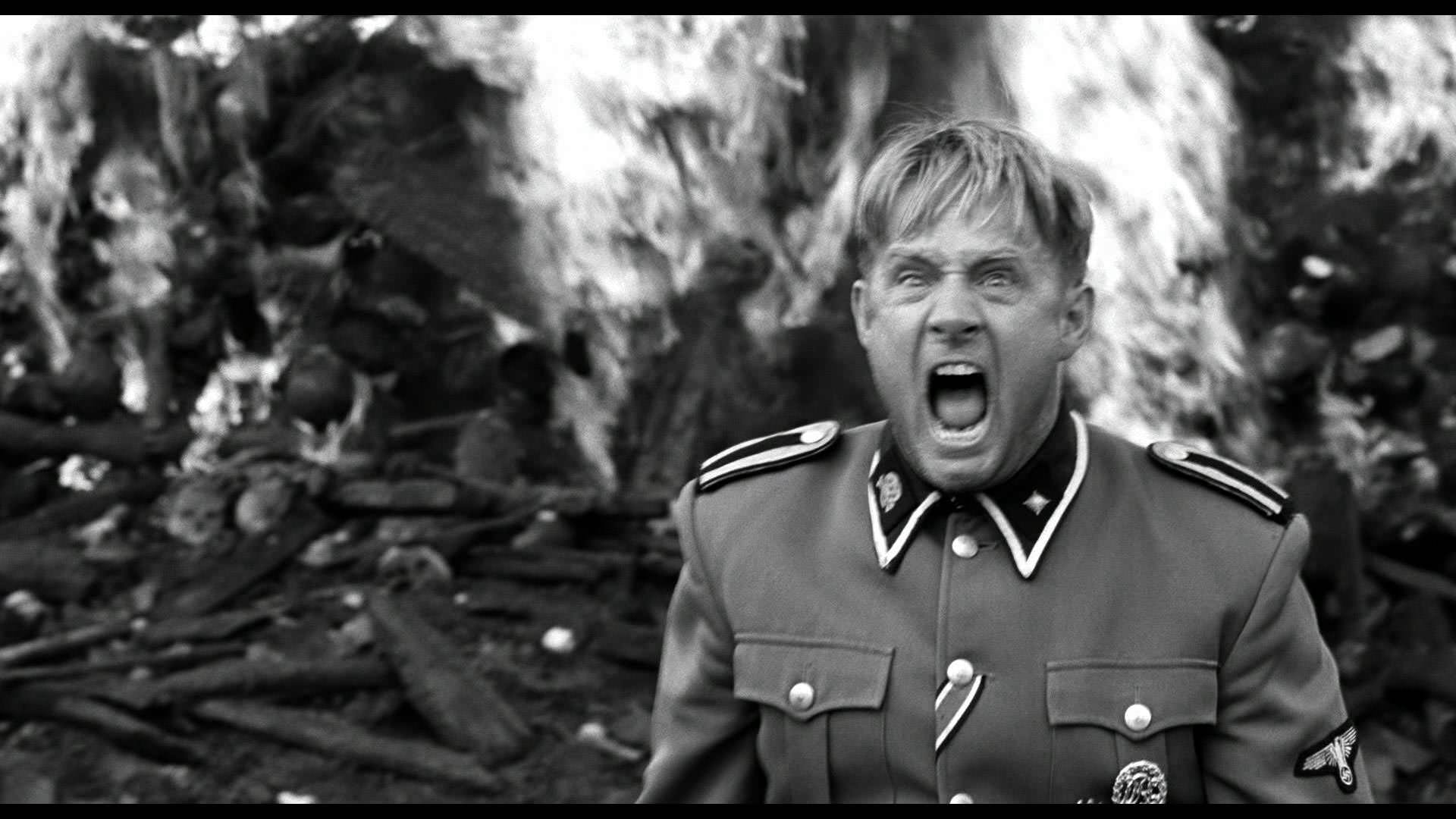
This is a movie that knows how to use extreme contrast to bring focus on things. It has a few scenes in color, but most of the movie takes place in black and white. The black and white scenes sometimes include very selective color: the famous girl in a red jacket and the color in the flames of burning candles.
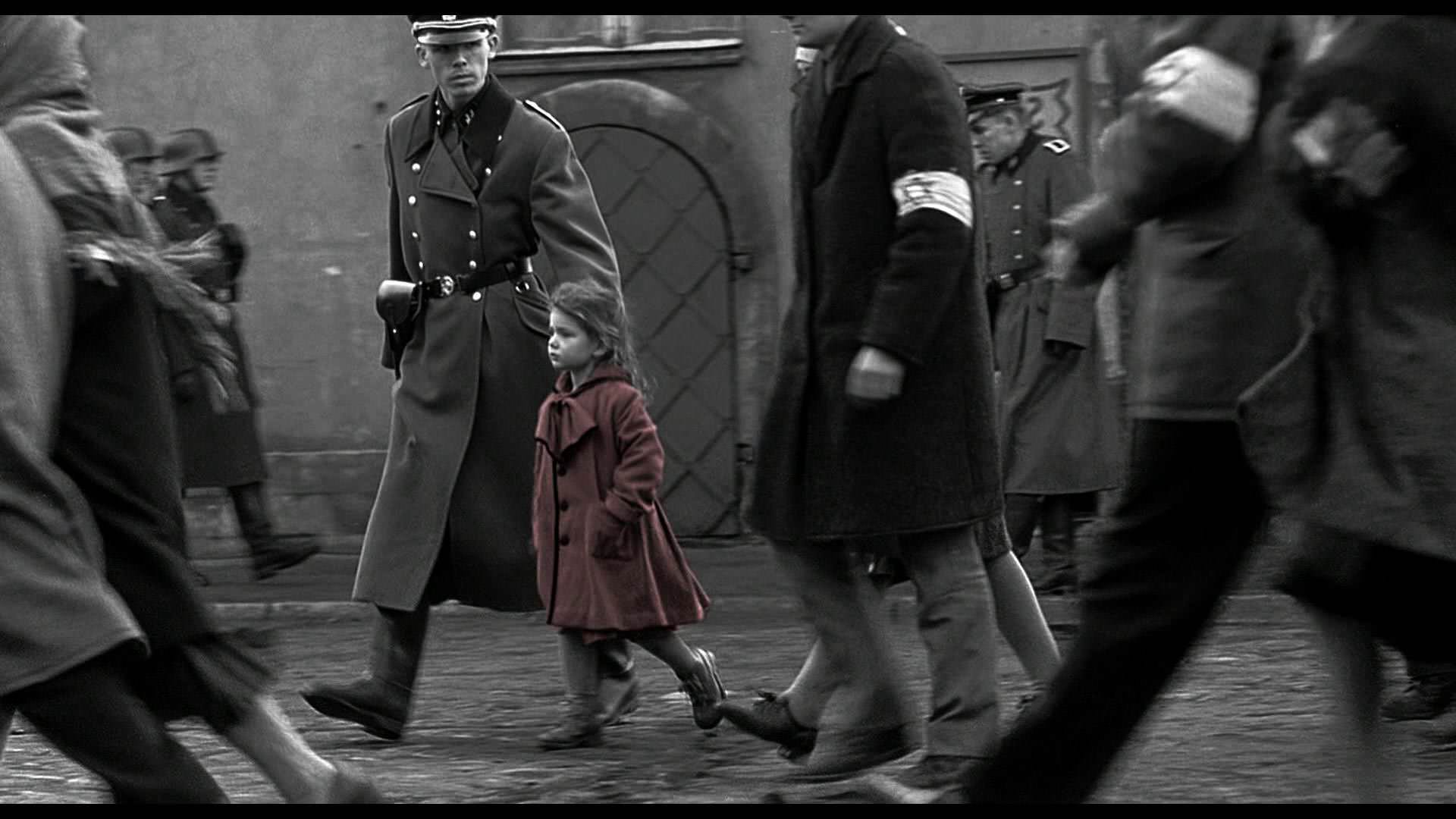
Schindler picks out a girl in a red coat in the chaos of the liquidation of the ghetto. He later sees the corpse of the girl that’s been exhumed, to be put on the giant pile of bodies in a mass incineration.
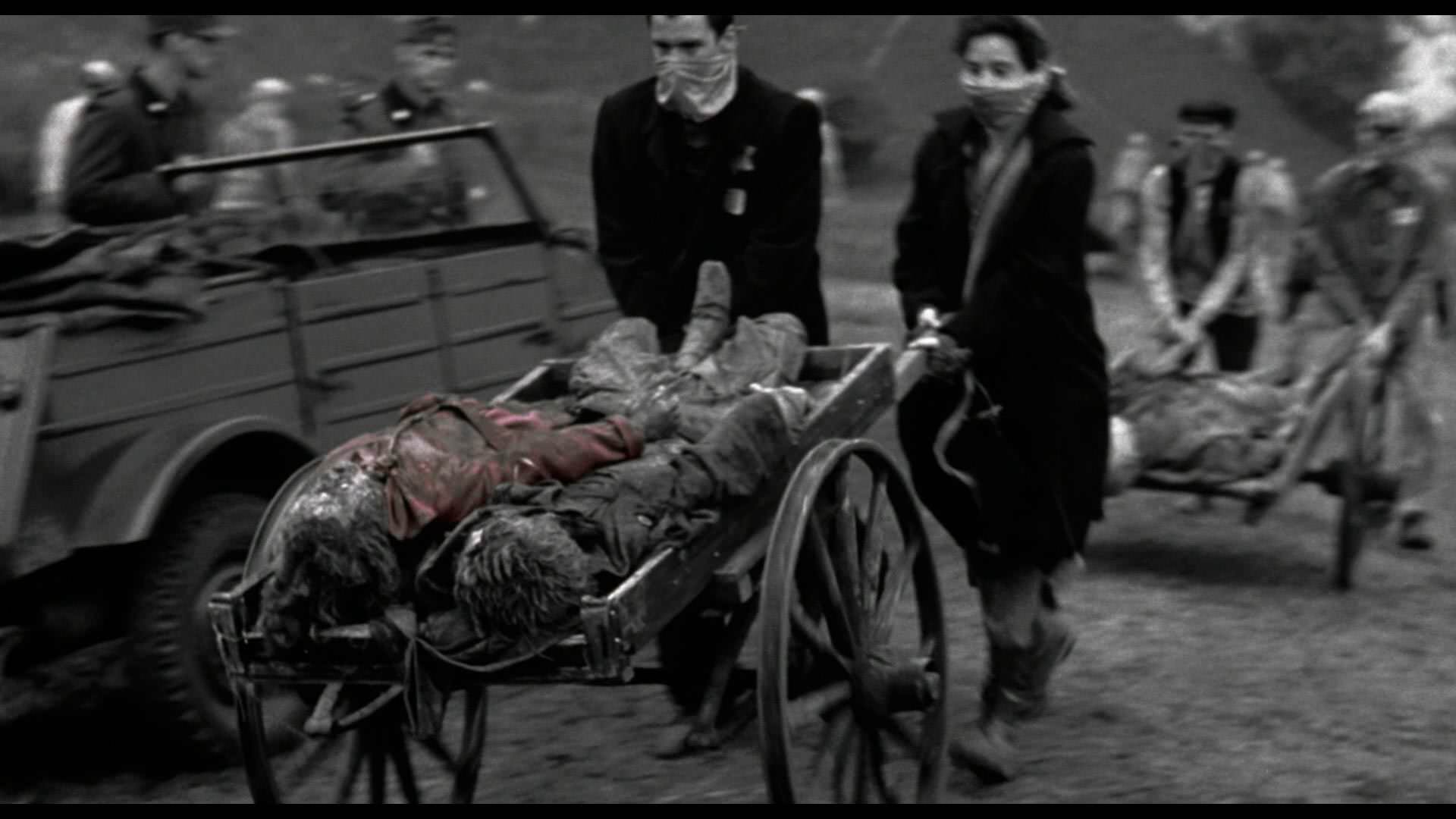
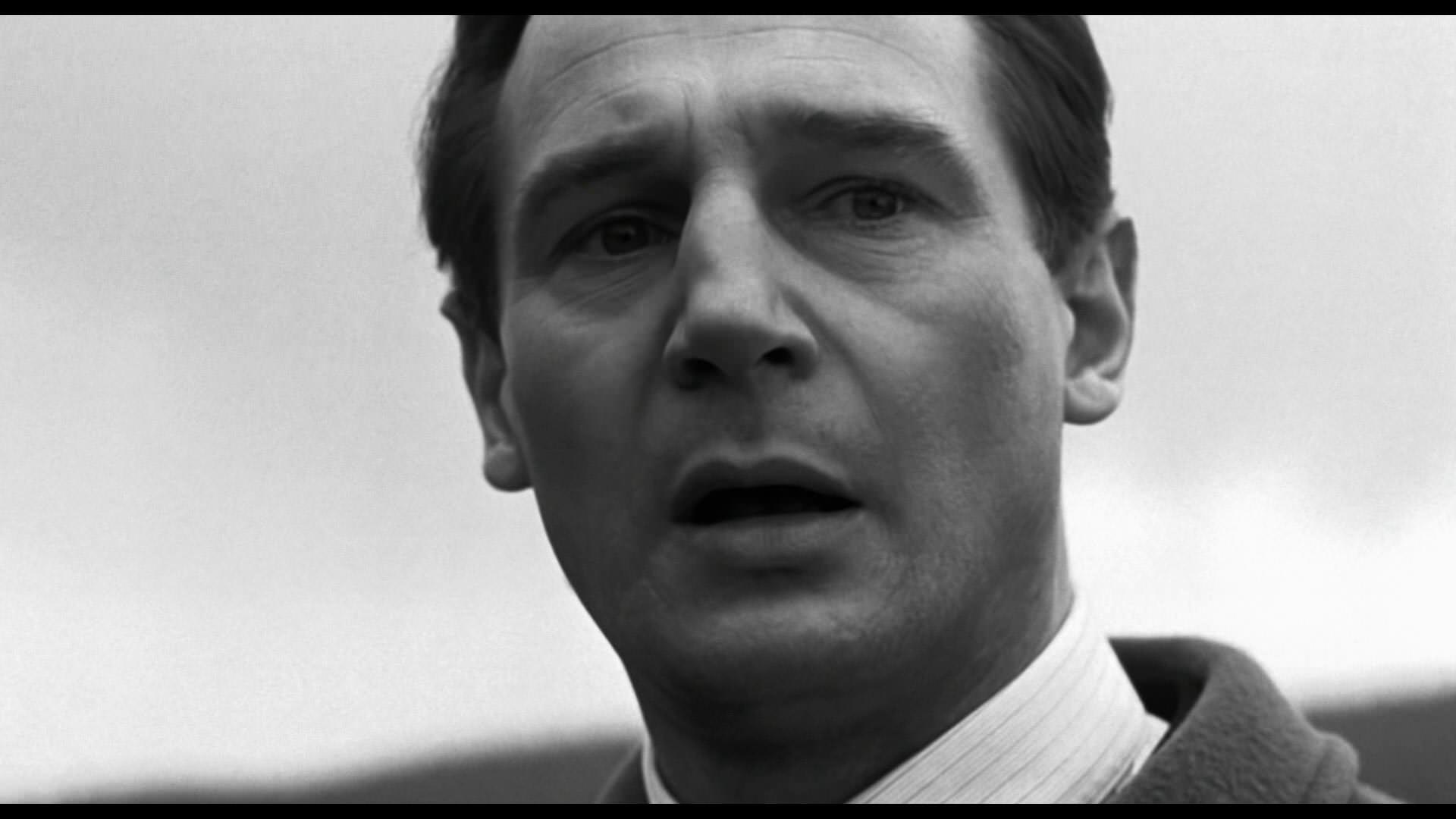
It’s here that he really shows vulnerability as a character. He loses his cool exterior and is shocked. He realizes he needs to do something. He needs to take action.
It’s here that he creates a list that the movie takes its namesake from. This is a list of Jews that he will bribe officials to keep at his factory, and keep them safe and away.
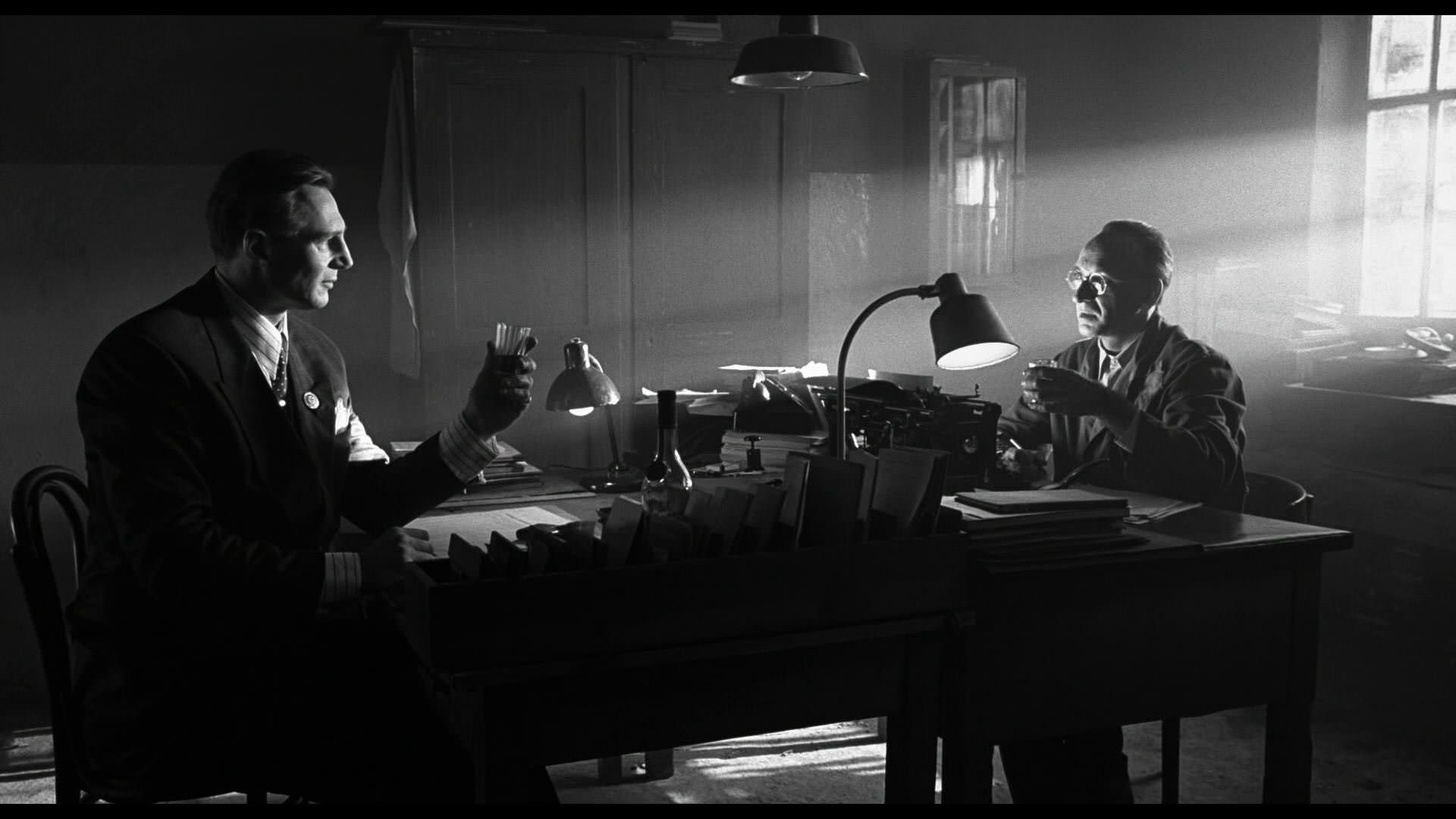
One part that really resonated with me was the misfortune of a group of women who were on Schindler’s List - the ones who I knew should be protected. The killing in general is a horrible thing during the film, but it’s a fact and I prepared myself somewhat for it. When Schindler drew up his list of those he would protect, I became invested in their well-being, because I know they had been chosen to be kept safe. Somehow I found myself empathizing with them more.
So all the more the shock when a traincar of women who were on his list somehow was diverted to the wrong place. The train pulls into an eerily familiar-looking courtyard. We don’t need to be told where this is, but the film lets us know anyway: Auschwitz.
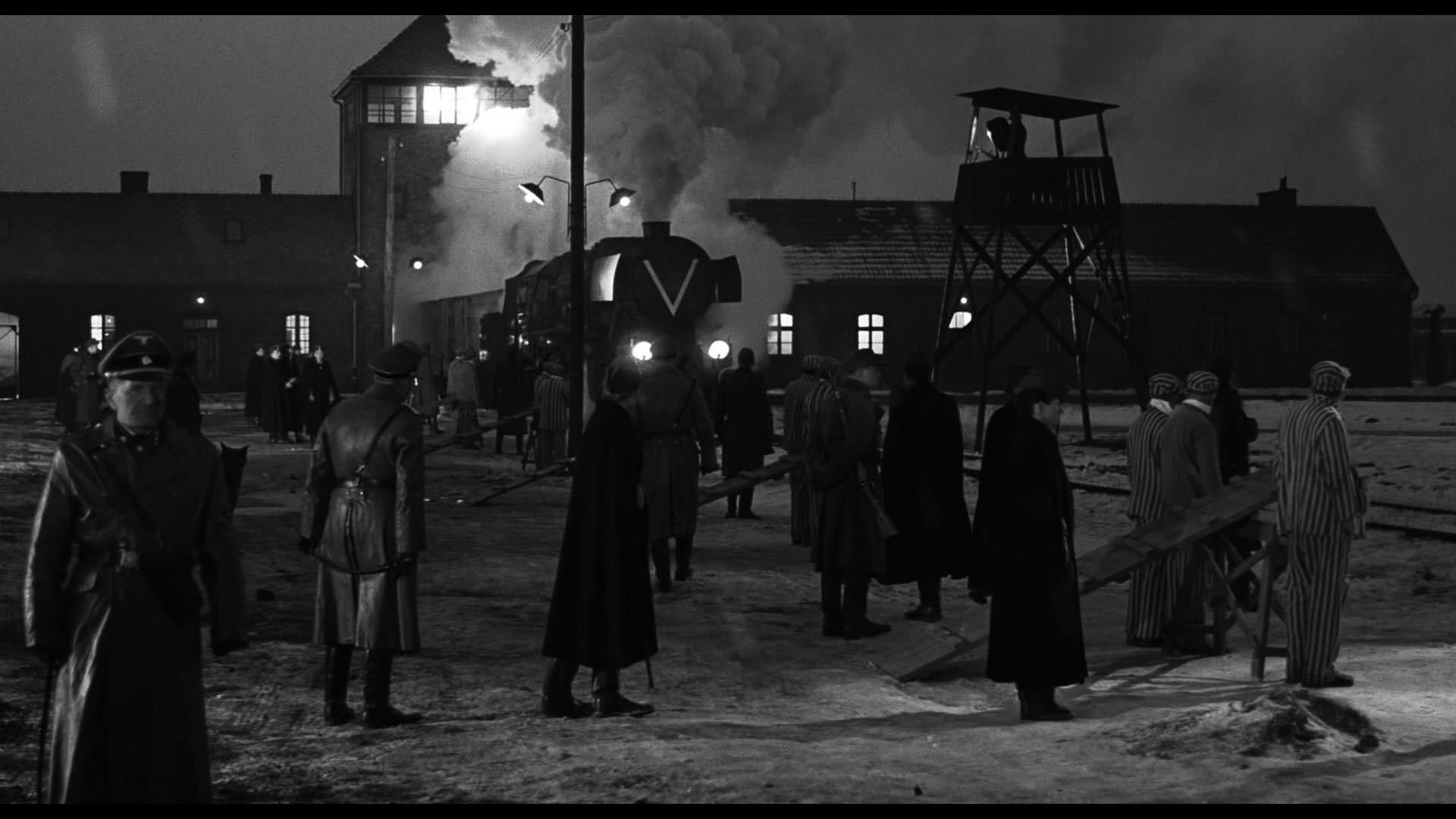
Auschwitz. Some of the protected Schindler Jews ended up at Auschwitz?!
What’s worse - they have heard secondhand stories of mass gassings, and they find themselves going through the motions through which what appears to be the same process. They undress and are herded into the showers. This could be their end. But they were on the list - they were the ones that weren’t supposed to die in this movie, right??
But it’s just water, not gas. A huge relief for the entire group, as naked and helpless as they still are.
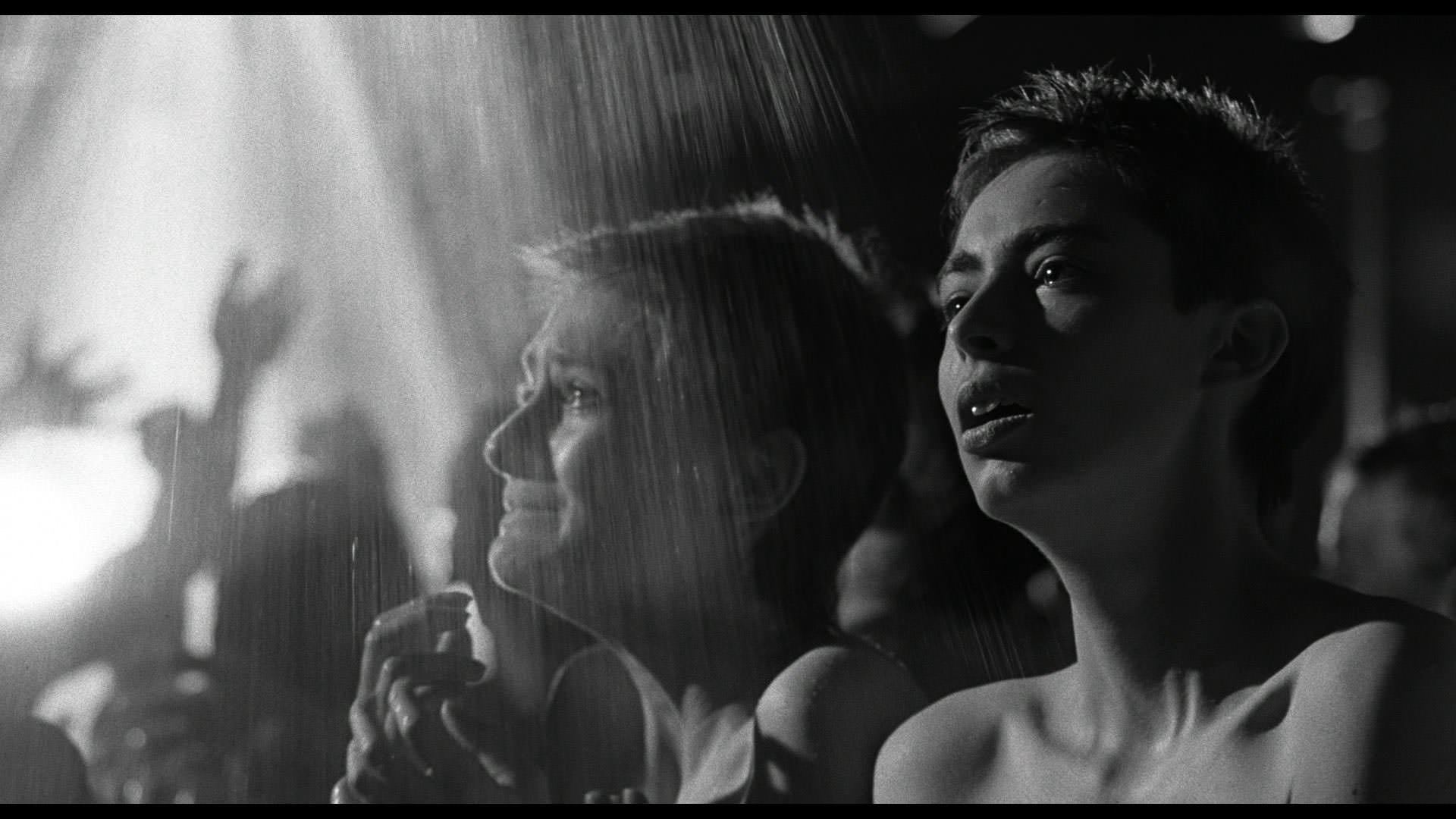
There is also extreme contrast in Schindler himself. Throughout the movie he is nothing but a smooth character who maintains control and appears to exert control, even when briefly tossed into prison for kissing a Jew. But this smooth exterior vanishes at the end when he accepts the gift of a ring and starts trembling so much that he drops the ring. His reaction is almost out of character, because his facade breaks down. He realizes he could have sold even more of his possessions to save a few more lives, on top of the 1100 lives he has already saved.
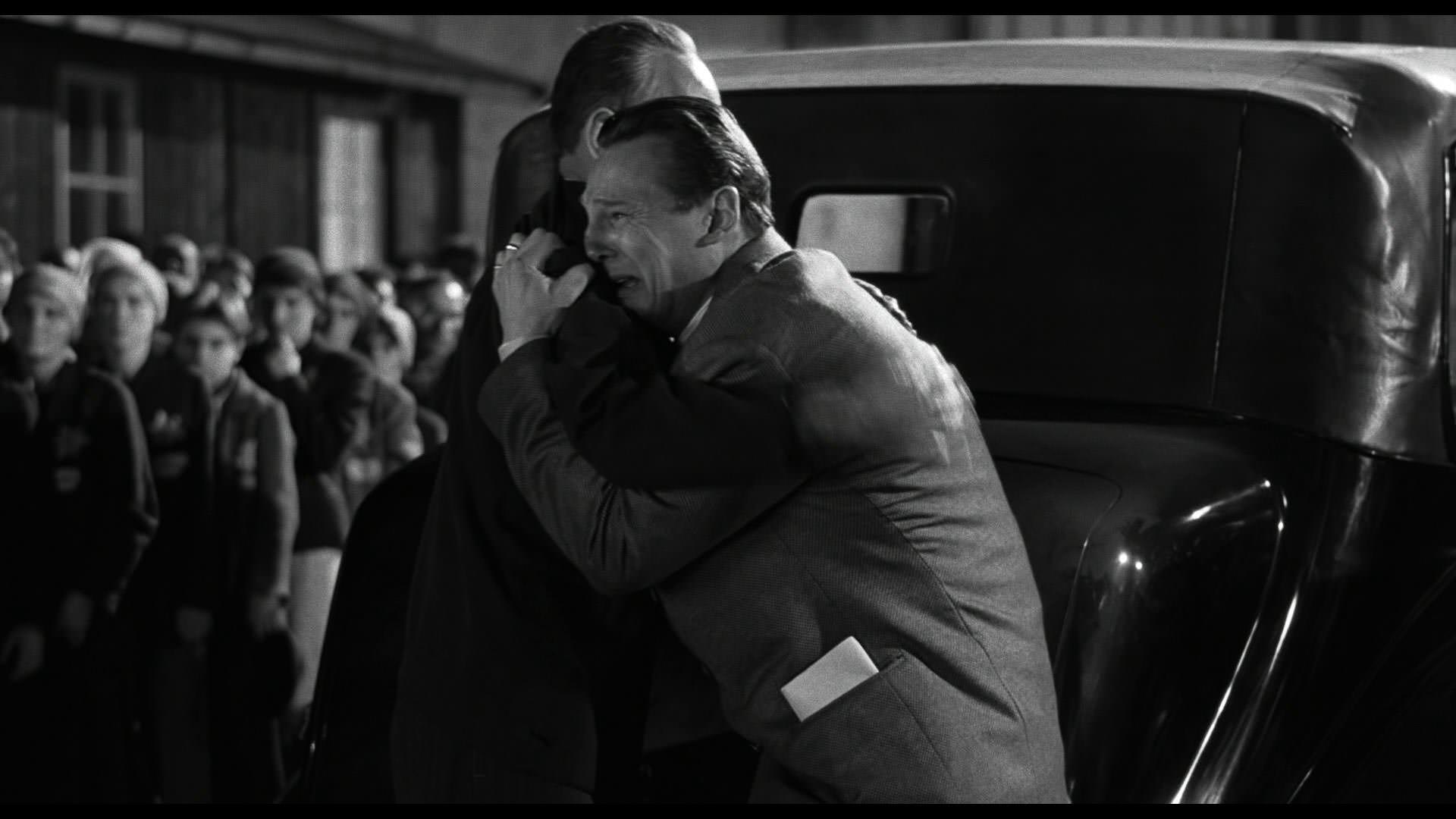
The end of the film has an artful transition into the current day, with the real remaining Schindler Jews at the time paying their respects to Schinder’s grave.
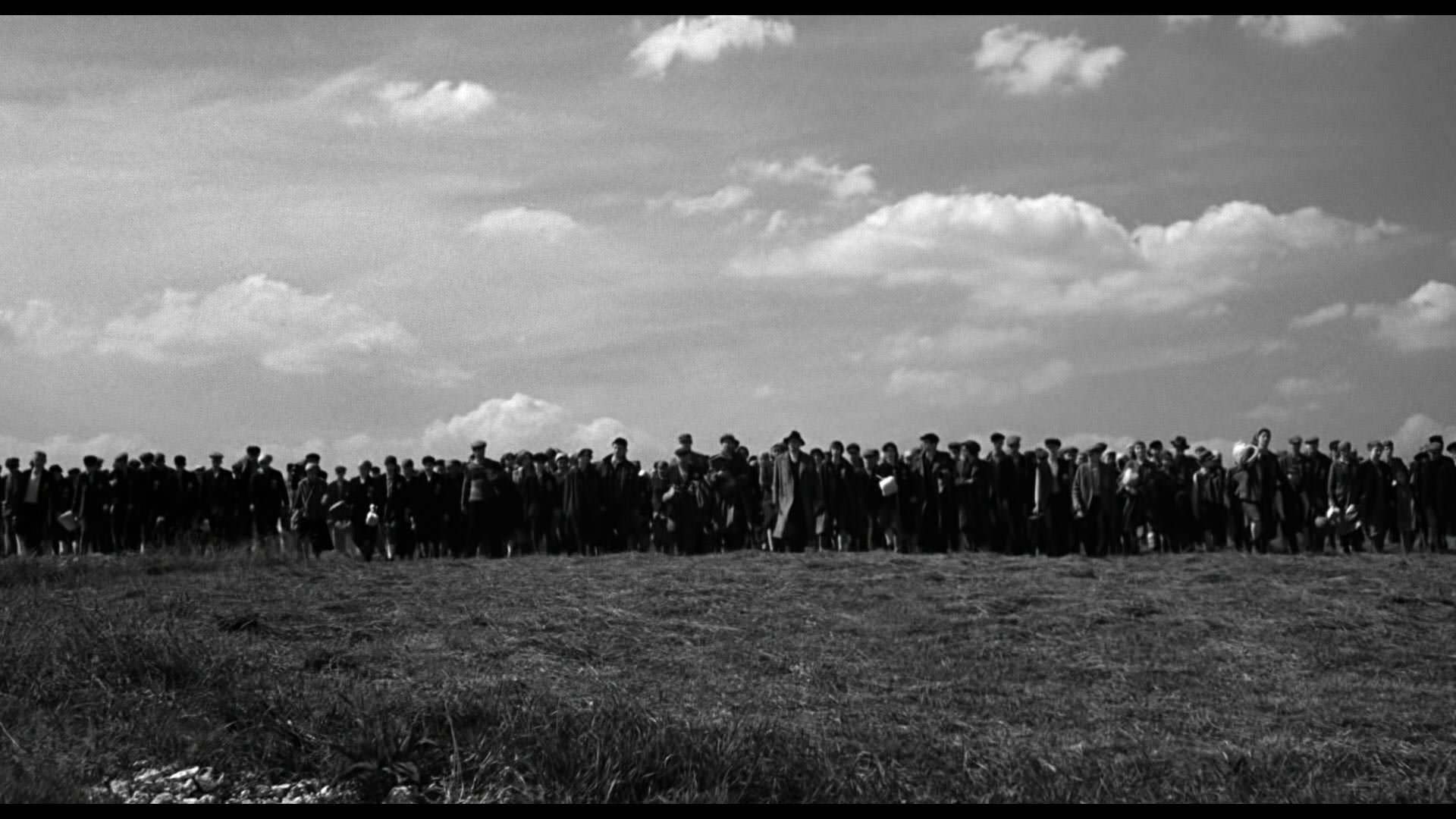
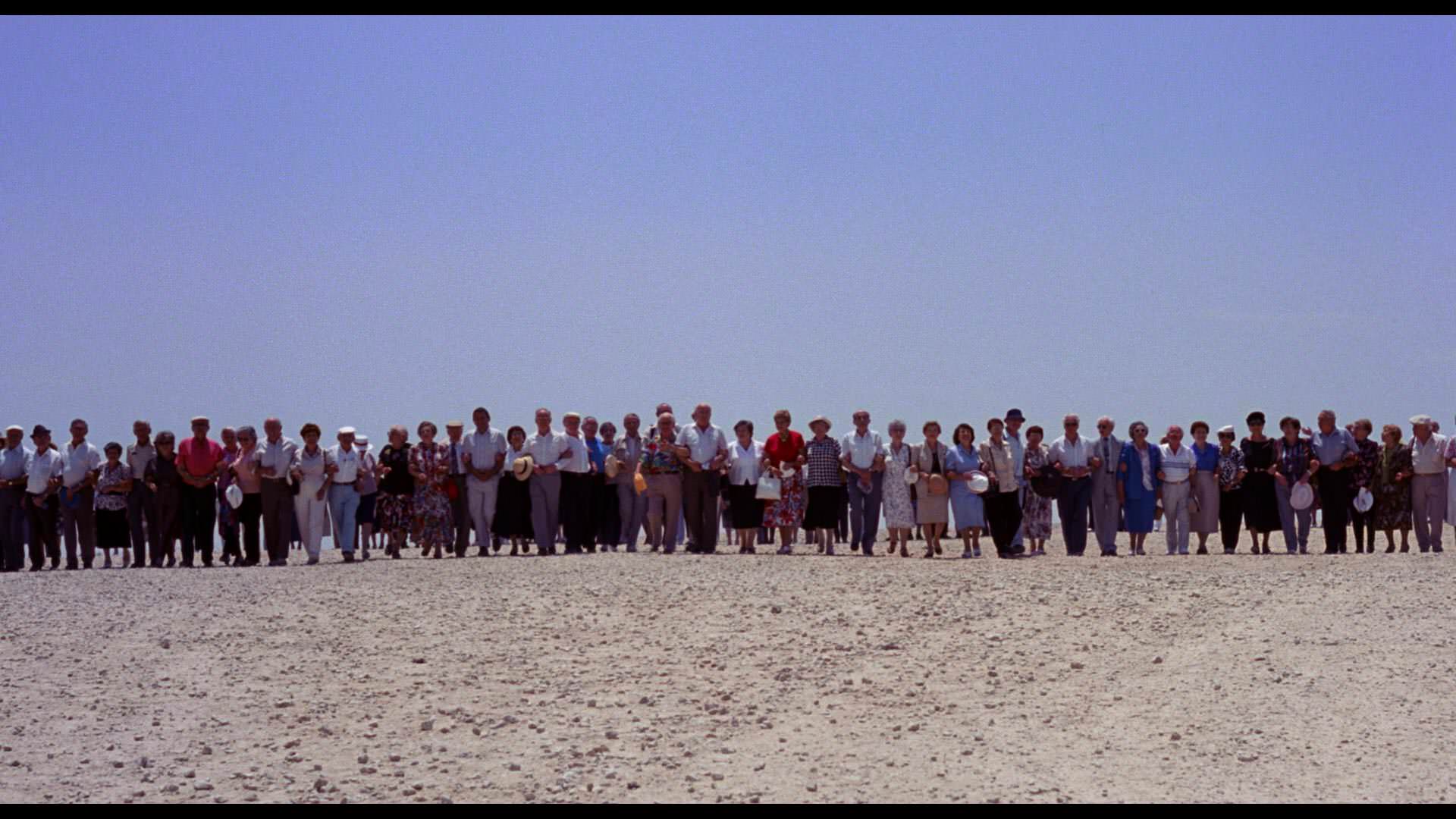
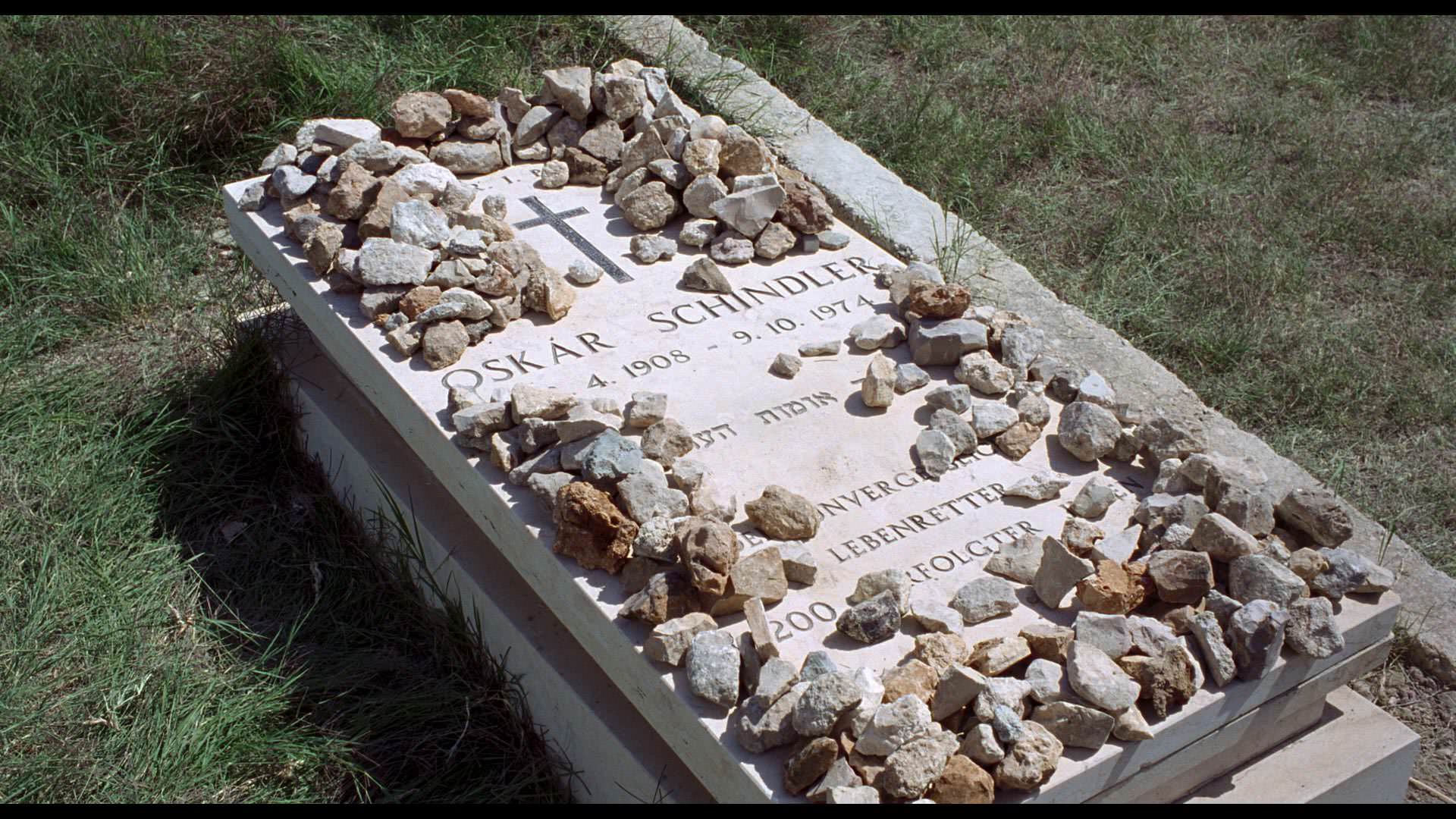
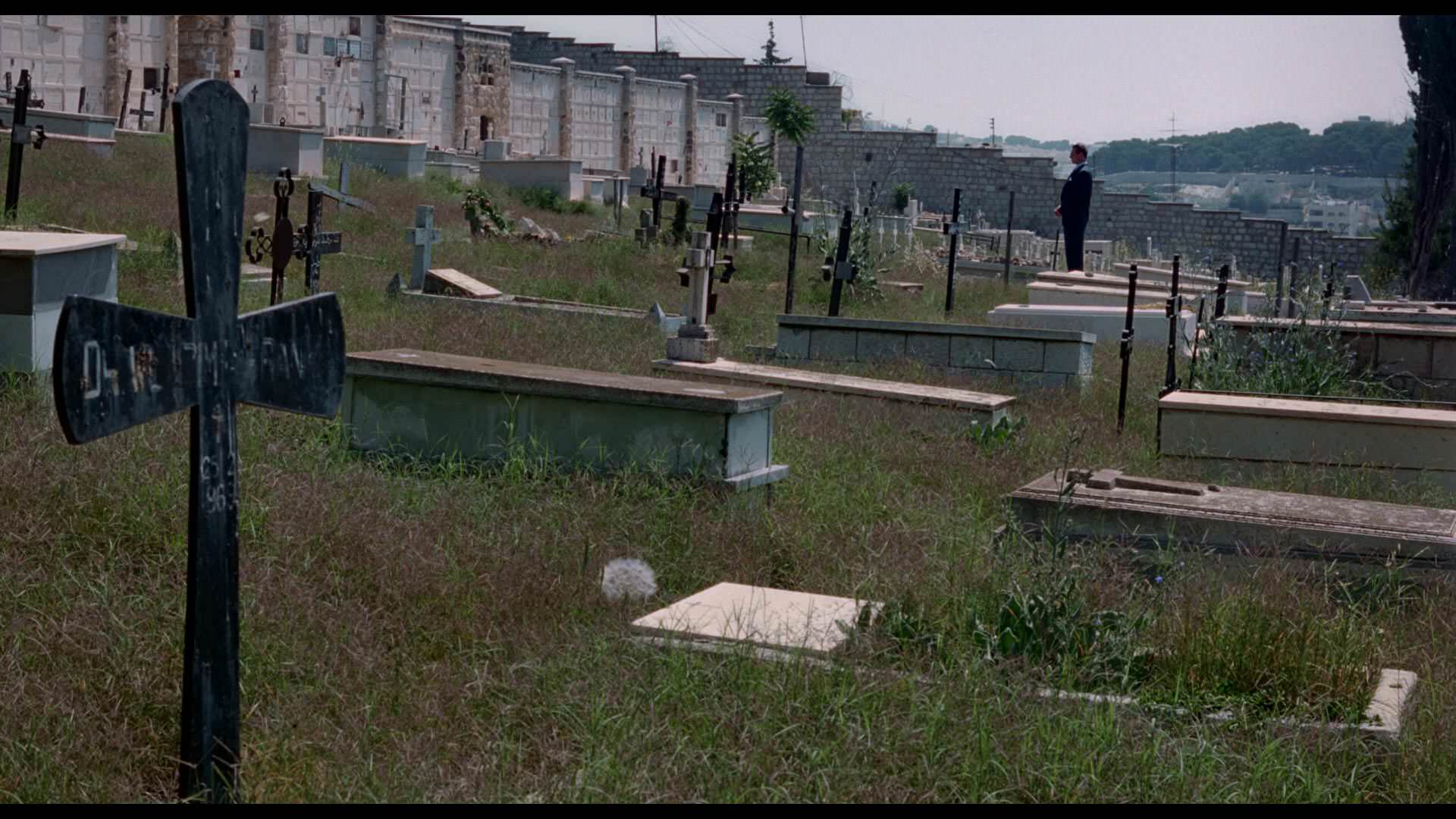
Of course this is a film that needs to be seen by all for historical reasons and also for future reasons. We don’t want a repeat of anything like these events, and this film alone convinces viewers of that.
Comments